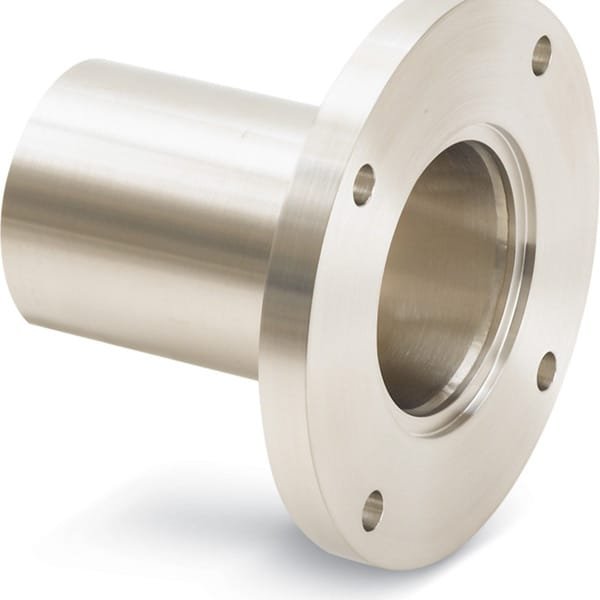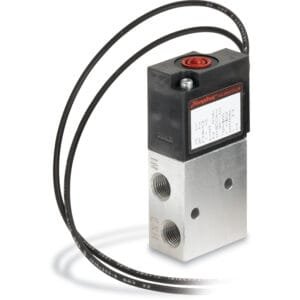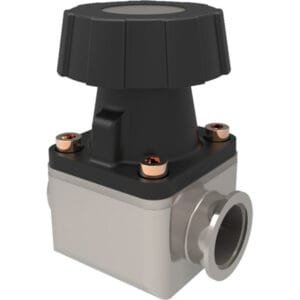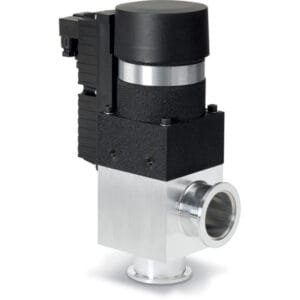ISO-F HV Half Nipples (Bolted): Precision-Welded Tubing for ISO-F High-Vacuum Connections
ISO-F HV Half Nipples (Bolted) from TFM are high-performance components designed for high-vacuum (HV) systems requiring secure, bolt-style flange connections. Each half nipple is constructed from corrosion-resistant 304L stainless steel tubing and features a single ISO-F flange, making it ideal for direct integration into vacuum chambers, foreline plumbing, or welded system extensions.
ISO-F flanges—often referred to as Large ISO flanges—are standardized under ISO 1609 and designed to be fastened with nuts and bolts, offering a rigid, stable connection. These nipples are widely used in industrial, research, and semiconductor applications where flange strength and structural permanence are essential.
Key Features of ISO-F HV Half Nipples (Bolted):
304L Stainless Steel Tubing
Offers excellent resistance to corrosion and thermal stress, making it suitable for cleanroom, reactive gas, and bakeout environments.Single ISO-F Flange Interface
One end of the tube is outfitted with a precision-machined ISO-F flange, designed to be joined using a bolt ring, centering ring, and elastomeric o-ring for a high-vacuum seal.Weldable Open End
The non-flanged end is left plain for orbital welding, butt welding, or further customization—ideal for OEM system integration or vacuum line fabrication.High-Vacuum Sealing Performance
Supports pressures down to 10⁻⁸ Torr, when used with proper sealing hardware, and maintains vacuum integrity in demanding operating conditions.Standard and Custom Dimensions Available
TFM offers ISO-F half nipples in common sizes such as ISO63, ISO100, ISO160, and ISO200, with options for custom lengths, wall thicknesses, and flange transitions.
These half nipples serve as foundational components in:
Vacuum chamber port extensions
Foreline or exhaust line terminations
Viewport or diagnostic equipment mounting
Transition interfaces to welded or modular piping
TFM also provides a comprehensive range of ISO-F accessories, including bolt rings, centering rings with Viton® or Buna o-rings, ISO-F blank flanges, and full or reducer nipples for complete system integration.
In summary, ISO-F HV Half Nipples (Bolted) provide a reliable, bolt-compatible solution for extending or adapting ISO-F flange ports in high-vacuum applications. Their robust construction, weldable flexibility, and vacuum-grade compatibility make them a key component in precision vacuum engineering.





Reviews
There are no reviews yet.